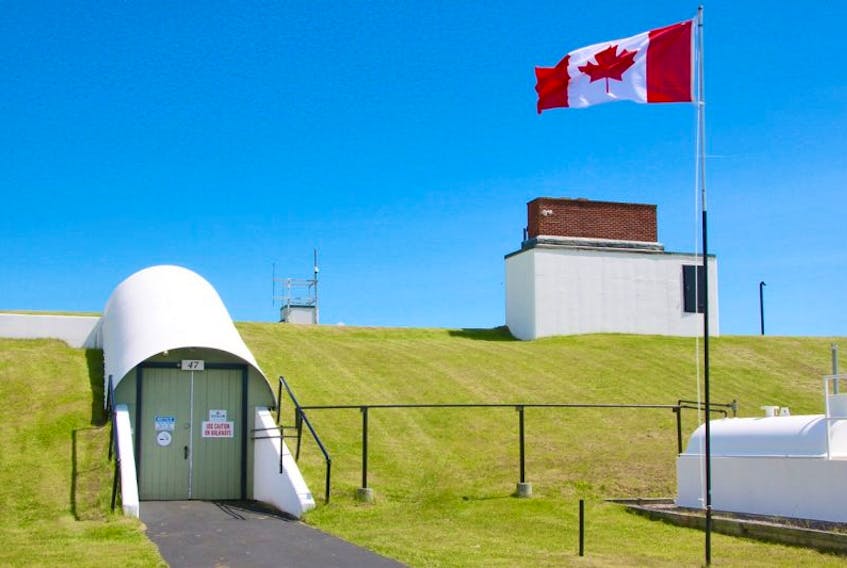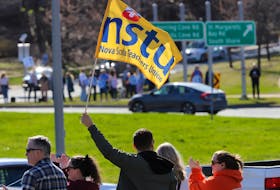Here in Nova Scotia, the owner of the Debert Diefenbunker – an underground bomb shelter turned to office space and soon a tourism venue – says disaster worries are a routine part of his business day.
“We get a lot (of inquiries),” Jonathan Bahai, owner of the 64,000-square-foot, nuclear-hardened refuge said. “People are interested in the bunker and they’re happy that there is a place to go sometimes.
“Recently, in regards to anxiety, I haven’t noticed any specific increase but I’ve been so busy I might not have noticed it.”
Bahai is renovating the bunker, which was constructed as emergency government quarters during the 1960s when John Diefenbaker was prime minister and the Cold War between eastern European communist countries and America’s allies was at its height.
That decades-long tension evaporated and in 1998 the bunker and adjacent military complex were turned over to a local economic development authority, which sold it. After the fourth owner lost it in 2013 in a tax sale, Bahai gained control.
“We’re about 90 per cent there,” Bahai said. “We are working on some systems but once that’s all in order, then we are actually making this place to be functional as a fallout shelter.”
About four dozen people work in the bunker, including an accounting firm, a couple of IT and tech businesses, and the crews who are repairing and upgrading the subterranean behemoth.
“The cafeteria, for example, will operate as a full commercial kitchen, so small businesses will be able to make food,” Bahai said. “And we also have a large space that we’re setting up to host workshops and conferences, trade shows and what not. We’re also taking care of fire code things and getting the place ready for tourism.
“We have so many things to do. It’s like trying to eat an elephant — that’s how we’re taking it here. But we hope that by next season we’ll have everything in place. Probably during the winter we’ll start hosting a few events.”
The bunker was designed to hold 350 people, but if nuclear hell strikes tomorrow you likely won’t get inside.
“We just don’t have that much food right now,” Bahai said, laughing. “I think it is one of the more interesting places people could go to, but we have so much work to do.”
– By Anne Farries/SaltWire Network









